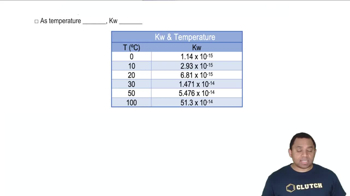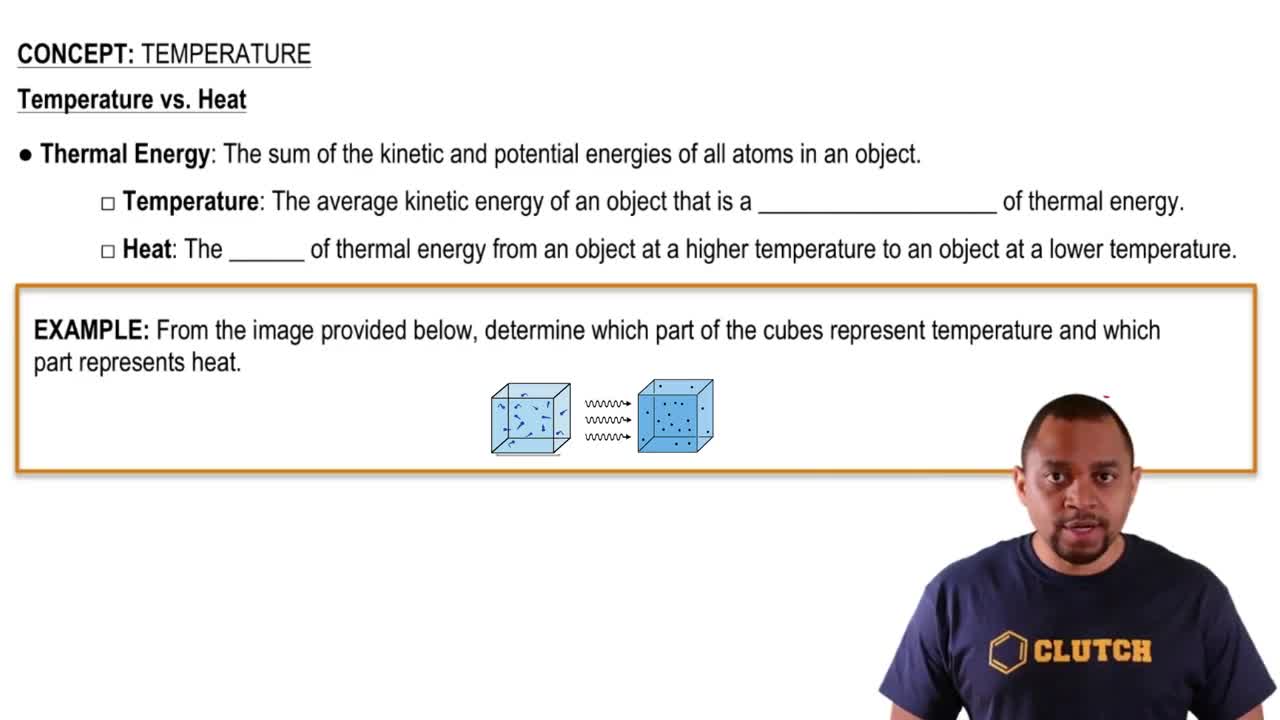Here are the essential concepts you must grasp in order to answer the question correctly.
Gibbs Free Energy (∆G°)
Gibbs Free Energy (∆G°) is a thermodynamic potential that measures the maximum reversible work obtainable from a thermodynamic process at constant temperature and pressure. A negative ∆G° indicates that a reaction is spontaneous, while a positive ∆G° suggests nonspontaneity. The relationship between enthalpy, entropy, and temperature is crucial in determining the spontaneity of a reaction.
Recommended video:
Gibbs Free Energy of Reactions
Spontaneity and Temperature Dependence
The spontaneity of a reaction can depend on temperature due to the interplay between enthalpy (∆H) and entropy (∆S). The Gibbs Free Energy equation, ∆G = ∆H - T∆S, shows that as temperature increases, the T∆S term becomes more significant. If the entropy change is positive, higher temperatures can favor spontaneity, while a negative entropy change can lead to nonspontaneity at elevated temperatures.
Recommended video:
Kw Temperature Dependence
Calculating Temperature for Nonspontaneity
To estimate the temperature at which a reaction becomes nonspontaneous, one can set ∆G to zero in the Gibbs Free Energy equation, leading to the equation T = ∆H/∆S. This calculation provides the threshold temperature where the balance between enthalpy and entropy shifts, indicating the point at which the reaction transitions from spontaneous to nonspontaneous.
Recommended video:




